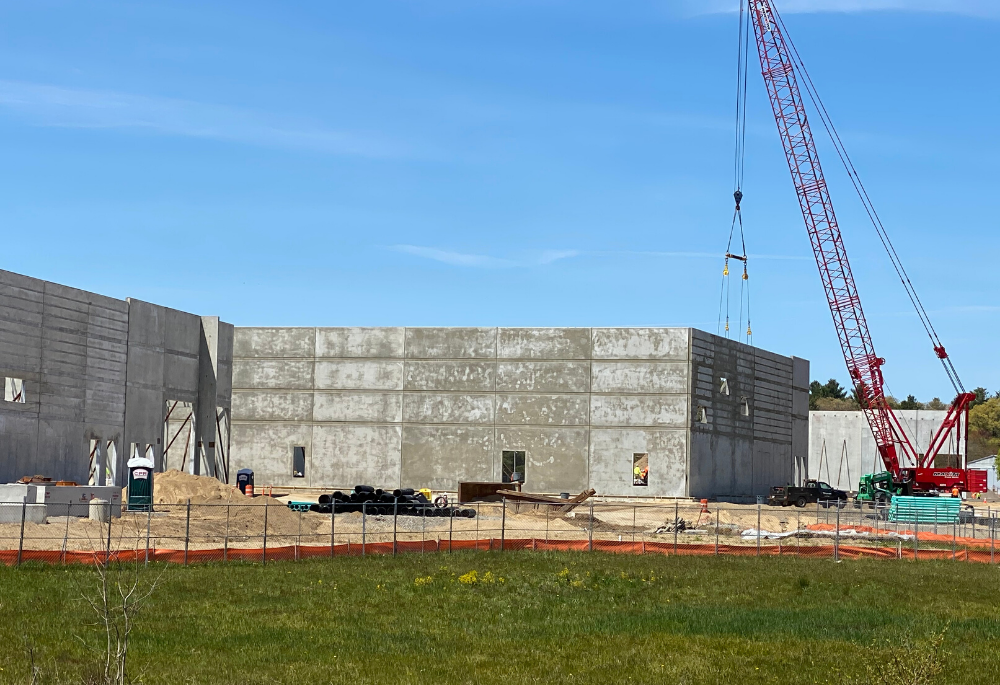
Commercial Construction, the COVID-19 Effect
The COVID19 Effect
Commercial construction trends as we have known them are forever changed. From planning and bidding construction projects to new construction guidelines, the industry has emerged quite differently.
Technology to Enforce Safety
Software technology companies have developed programs to ensure social distancing on job sites. From cameras measuring the distance between workers to wearable devices that can track and send alerts when a six-foot perimeter is breached. Temperatures are being taken at the entrance to buildings and job sites. Surveys indicating risk levels must be completed prior to employees arriving at their job sites.
The landscape is uncertain, however – the need for technology for social distancing at construction sites is paramount. The same technology once used for efficiency and accuracy is now being repurposed for remote work management.
Property Management Changes
Building managers are now having to learn new tasks and preventive measures in an age of pandemics. The Institute of Real Estate Management, recently published new guidelines outlining cleaning standards, installation of hand sanitizing stations in public areas, emergency on-call cleaners, tenant cooperation, and reporting systems, to name a few, to be followed during the coronavirus outbreak.
Modern Class-A and trophy buildings already have very stringent design standards, because developers and their client companies have been heavily focused on recruitment and retention, part of which includes worker wellness. Moving forward, wellness will mean more than just yoga studios and gyms as building amenities. It will also mean installing filtration and air purification systems.
OSHA’s Guidance
OSHA has set specific guidelines for identifying whether or not a COVID19 case is work-related or not. They are clearly outlined in this segment below:
- In geographic areas where community spread of COVID-19 has significantly decreased, OSHA will return to the inspection planning policy that OSHA relied on prior to the start of the COVID-19 health crises, as outlined in the OSHA Field Operations Manual (FOM), CPL 02-00-164, Chapter 2, when prioritizing reported events for inspections, except that:
- OSHA will continue to prioritize COVID-19 cases;
- OSHA will utilize non-formal phone/fax investigations or rapid response investigations in circumstances where OSHA has historically performed such inspections (e.g., to address formal complaints) when necessary to assure effective and efficient use of resources to address COVID-19-related events; and
- In all instances, the Area Director (AD) will ensure that CSHOs utilize the appropriate precautions and personal protective equipment (PPE) when performing inspections related to COVID-19.
- In geographic areas experiencing either sustained elevated community transmission or a resurgence in community transmission of COVID-19, ADs will exercise their discretion, including consideration of available resources, to:
- Continue prioritizing COVID-19 fatalities and imminent danger exposures for inspection. Particular attention for on-site inspections will be given to high-risk workplaces, such as hospitals and other healthcare providers treating patients with COVID-19, as well as workplaces, with high numbers of complaints or known COVID-19 cases.
- Where resources are insufficient to allow for on-site inspections, the inspections for these types of reported events will be initiated remotely with an expectation that an on-site component will be performed if/when resources become available to do so.
- Where limitations on resources are such that neither an on-site nor remote inspection is possible, OSHA will investigate these types of reported events using a rapid response investigation (RRI) to identify any hazards, provide abatement assistance, and confirm abatement.
- OSHA will develop a program to conduct monitoring inspections from a randomized sampling of fatality or imminent danger cases where inspections were not conducted due to resource limitations.
- Continue prioritizing COVID-19 fatalities and imminent danger exposures for inspection. Particular attention for on-site inspections will be given to high-risk workplaces, such as hospitals and other healthcare providers treating patients with COVID-19, as well as workplaces, with high numbers of complaints or known COVID-19 cases.
Visit this link to read the Intermin Enforcement Response Plan in its entirety.
To learn more about the new building guidelines for commercial construction, please complete the following form and one of our representatives will be in touch with you.


